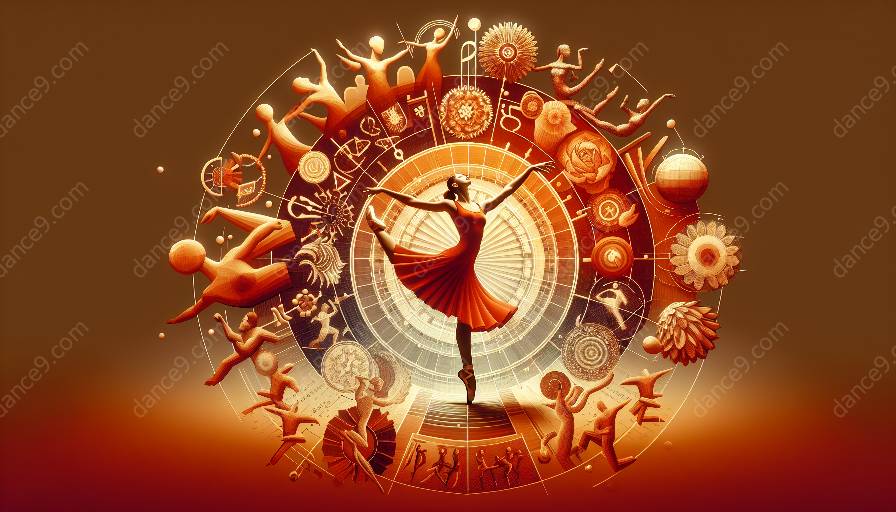Introduction to Globalization and Dance
Globalization has significantly impacted traditional and contemporary dance practices, shaping the way cultures express themselves through movement. This phenomenon has sparked debates and discussions within the field of dance anthropology and dance studies, emphasizing the need to explore the far-reaching effects of globalization on dance forms.
Preservation and Innovation
One of the key impacts of globalization on traditional and contemporary dance is the interplay between preservation and innovation. Globalization has led to the spread of dance forms across different regions, influencing and sometimes altering the original expressions. Traditional dances, once confined to specific cultural contexts, have now become accessible to a global audience, leading to both preservation efforts and innovative adaptations influenced by diverse cultural exchanges.
Cultural Exchange and Fusion
Globalization has facilitated unprecedented cultural exchange, leading to the fusion of traditional and contemporary dance practices. Traditional dances often merge with contemporary styles, resulting in new forms that reflect the dynamic nature of globalization. This fusion creates a platform for cross-cultural dialogue and understanding, contributing to the evolution of dance practices worldwide. From traditional folk dances to urban street dance, globalization has fostered a rich tapestry of intercultural exchange and fusion.
Challenges and Opportunities
The impact of globalization on traditional and contemporary dance practices also presents both challenges and opportunities. While globalization enables wider visibility and recognition for traditional dances, there is a risk of cultural appropriation and misrepresentation. Additionally, the commercialization of traditional dances may overshadow their cultural significance, necessitating critical examination within the realms of dance anthropology and dance studies. Nonetheless, globalization also offers opportunities for dancers and choreographers to collaborate across borders, creating innovative works that transcend cultural boundaries.
Identity and Representation
Within the context of dance anthropology, the impact of globalization on traditional and contemporary dance practices raises questions about identity and representation. As dance forms encounter globalization, there is a reevaluation of how communities and cultures are portrayed through movement. Globalization challenges traditional notions of authenticity and prompts the exploration of how dance forms contribute to the construction and representation of cultural identities.
Conclusion
In conclusion, globalization has brought about profound impacts on traditional and contemporary dance practices, prompting extensive discussions within the fields of dance anthropology and dance studies. The interplay between preservation and innovation, the fusion of dance forms, as well as the challenges and opportunities presented, all underscore the significance of understanding and analyzing the effects of globalization on dance. As traditional and contemporary dances continue to navigate the complexities of a globalized world, the interdisciplinary examination of these impacts remains integral to comprehending the intricate relationship between dance, culture, and globalization.

















